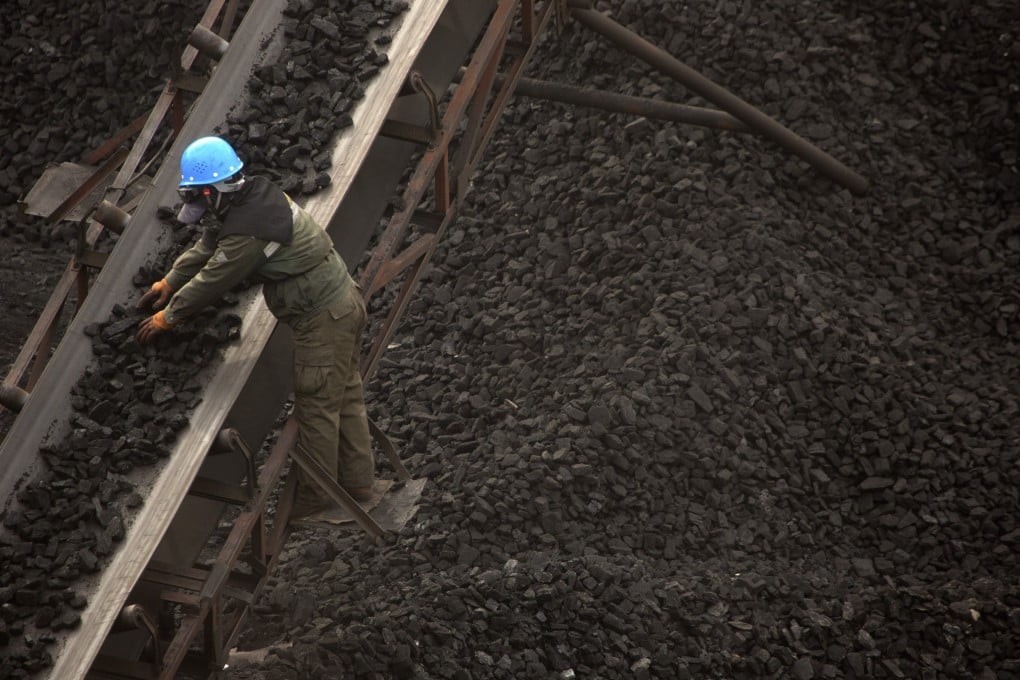China’s 6 million ‘black lung’ workers living on just US$61 a month, with most struggling to survive
- Pneumoconiosis, also known as black lung disease, is incurable and caused by long term exposure to dust in workplaces and is most common among coal miners
- The plight of some six million migrant workers in China currently suffering from the disease is set to be discussed at the ‘two sessions’ meetings in Beijing

Chinese migrant workers suffering from incurable black lung disease lived on an average monthly income of just 393 yuan (US$61) last year, far below the national average of over 4,000 yuan a month for other migrant workers, according to an annual survey from a non-governmental organisation.
Pneumoconiosis is caused by long-term exposure to dust in workplaces, and is most common among coal miners. It is the most common occupation-related disease in China, based on government data.
Difficulties in the diagnosis of pneumoconiosis have been raised at the NPC and CPPCC for several years, but how much it has been improved is still a question
The problems faced by migrant workers with black lung disease will be a topic of discussion by top Chinese officials and advisers of the National People’s Congress (NPC) and the China People’s Political Consultative Conference (CPPCC) – the so-called “two sessions” which starts on Friday in Beijing.
In particular, there may be discussions about the difficulties migrant workers with black lung disease have in being covered by health or work injury insurance.
“From the perspective of our respiratory doctors, pneumoconiosis is pneumoconiosis. The diagnosis is not difficult at all. There is no problem in diagnosing pneumoconiosis based on the patient’s occupational dust exposure history, chest X-ray, and high-resolution spiral CT,” said Chen Jingyu, a doctor and a delegate to the NPC, at a panel discussion this week after the release of the survey.
“Difficulties in the diagnosis of pneumoconiosis have been raised at the NPC and CPPCC for several years, but how much it has been improved is still a question.”
